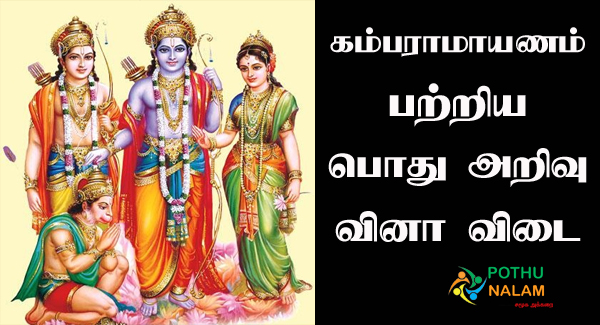
Iyer records the fact that Tamils were conversant with the story of the King of Ayodhya several millenia back in his Tamil book ‘Kamba Ramayanam A Study’.


That is how well-known revolutionary freedom fighter V. References to the story can be found in the Sangam literature of Ahanaṉūṟu,(400BC) and Purananuru (300 BC), the twin epics of Silappatikaram (dated 2nd Century CE) and Manimekalai, and the Bhakti literature of Kulasekhara Alvar, Thirumangai Alvar, Andal and Nammalvar (between 5th and 10th Centuries CE)”. “Even before Kambar wrote Ramayana in Tamil in the 12 Century AD, there are many ancient references to the story of Ramayana, implying that the story was familiar in the Tamil lands even before the Common Era. Though the mention of Sadayappa of Thiruvennai Nallur by Kamban here is by way of expressing his gratitude to the philanthropist, it adds a Tamil stamp to the most important scene in the Kavya. Valmiki Ramayana is the original epic which provides a base to many other version of Ramayana written in India.Kamban describes crowning of Ram in Ayodhya thus: “With Hanuman guarding the throne, with Angadha, holding the royal sword, with Bharata holding the white royal umbrella, with Lakshmana and Shatrugna fanning with white Chamara, with Sita, her perfumes wafting from her hair, sitting with joy, the forefathers of Thiruvennai Nallur Sadayappa handing over the crown, Sage Vasishta placed the crown on Rama’s head.” Kamba calls Rama as the incarnation of got Vishnu. But the it is a fact that it was Kamban who introduced the Ramayana in the temples of Tamilnadu and laid a foundation for the worship of Lord Rama there. Valmiki enjoys a great reputation of being the author of original Ramayana. Valmiki has used important Sanskrit meter or tune called Anushtubh. He was the first poet in Sanskrit ornate poetry. It is believed that it brings fortunes to the household. The Kamba Ramayana is generally read in the Tamil month of Adi.

It takes a period of time to develop Kamba Ramayana to be of religious significance. These two aspects makes this version of Ramayana popular. Viruttam implies the tempo in the verse while Santham refers to the tune. Kamba uses Viruttam and Santham types of style in the composition of his version of the Ramayana. On the other hand Valmiki Ramayana contains 24000 slokas or verses. Kamban has divided the chapters or Kandams into 123 Padalams or sections. But, the Ramayana written by Kamban contains only six chapters. These include Balkandam, Ayodhyakandam, Aranyakandam, Kishkindakandam, Sundaramkandam, Yuddhakandam and Uttarakandam. There are seven chapters in the Valmiki Ramayanas. There are a number of differences between the two Ramayanas in respect of style and story.īoth the versions of the Ramayanas have equal importance in Hinduism. The original version was written by Maharishi Valmiki. Kamba Ramayanam was written by the Tamil poet Kamban in the 12th century.

On the other hand, Kamba Ramayana is based on the Sanskrit Ramayana. Valmiki Ramayana is the the story of Rama which is the original version. Kamba Ramayanam is also termed as Ramavataram. There are differences between the two versions. Valmiki Ramayana is written in Sanskrit while Kamba Ramayana is written in Tamil language. Valmiki Ramayana and Kamba Ramayana are the different versions of the hindu scripture Ramayana. Difference Between Valmiki and Kamba Ramayanam


 0 kommentar(er)
0 kommentar(er)
